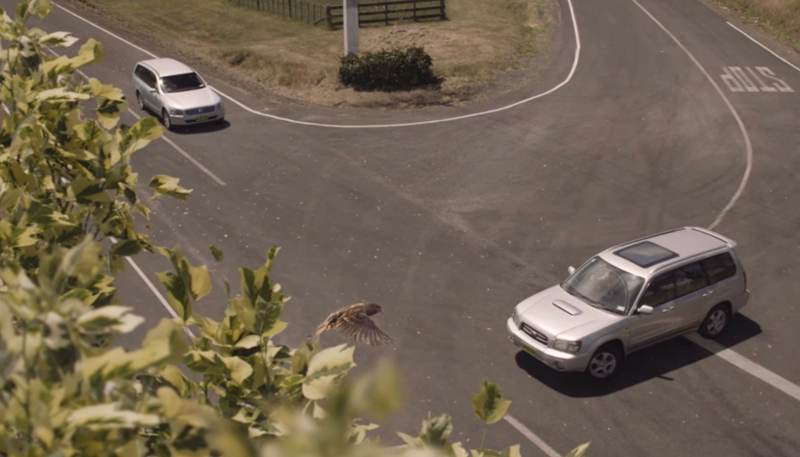Trained barista’s

Spotted on the back of a Husdons Coffee takeway cup:
Your choice of blend is hand crafted in your cup by our trained barista’s putting ‘a little love in every drop’.
That apostrophe in “barista’s” is wrong, right? I’m 98% sure it shouldn’t be there. It fails all the usual rules - no letters are omitted and nobody owns the “putting”. That 2% is because I can’t believe that none of the dozens of people involved in conceiving, designing, approving, manufacturing, and distributing this for a national coffee chain didn’t pick up on it.

